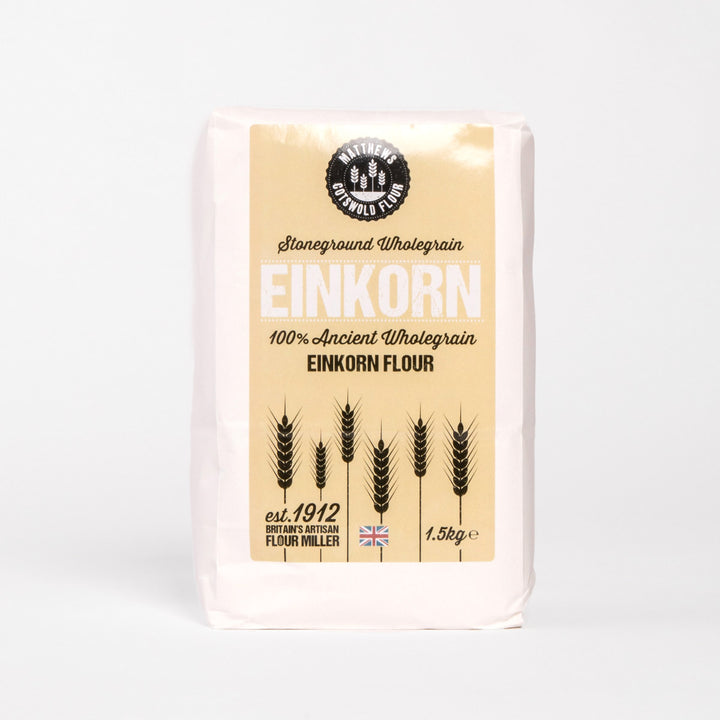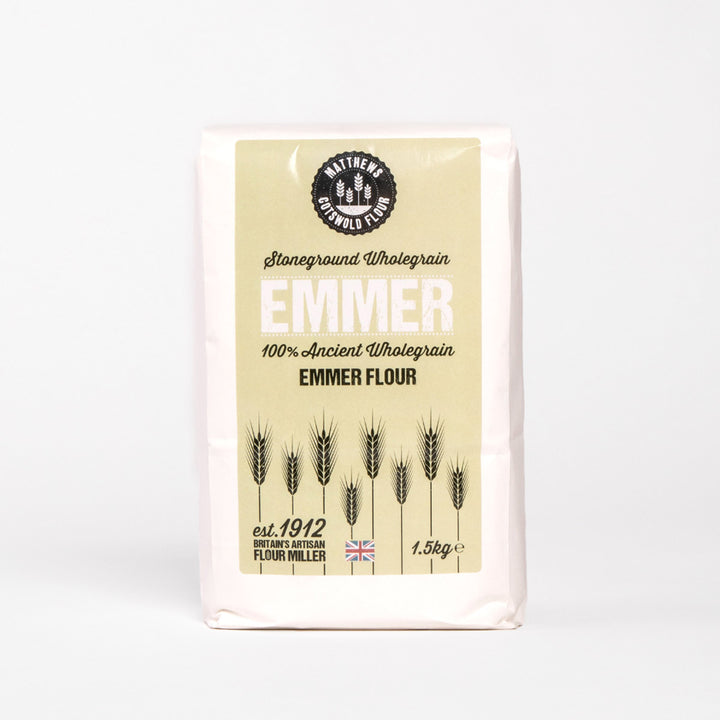How to make sourdough starter at home


This starter is all-natural and, if properly tended, it will provide wonderful yeasty bread for years. If you enjoy the pride of healthy, self-sustaining and low cost home baking, try this sourdough-start starter kit!
Ingredients
- 1/4 cup (50 ml) water
- 1/2 cup (50 g) of whole grain flour
- More water and flour (whole grain flour and plain flour) as time goes on
1. Get a container
You will need some sort of container to provide a home for your starter. Use a small mixing bowl that will hold between 2 to 4 cups (500 to 1000 ml). You can use almost any type of container made for food; however, it is recommended to use a non-reactive container such as glass or plastic. Take into account that you will need to cover your container with plastic wrap or a clean cloth.
2. Mix up the starter
Mix 1/4 cup (50 ml) of water with 1/2 cup (50 g) of whole grain flour. If you are weighing your ingredients, use 50 grams (1.8 oz) each of flour and water. Mix the ingredients until thoroughly combined and cover with plastic wrap.
Once you have mixed the starter, scrape down the sides of the container. You want to make sure you don’t leave any “food” on the side of the container that can promote mold growth.
3. Find a home for your starter
You want a place where the starter is not likely to be disturbed (by dogs, children, or curious ones) and where you can maintain the temperature within the 18°C to 30°C range.
If you need a warmer area, turning on the light in an oven (but not turning the oven on) will often provide the temperature you need. Similarly, the top of many refrigerators is also a literal hot spot.
4. Wait
Sourdough is all about patience. What are you waiting for exactly? You want the starter to become active and start bubbling. In time it will rise and grow like it is alive.
How long must you wait? 12 hours is usually enough for the starter to become active, so definitely make other plans. Bubbling can begin a few hours into the wait, or it can take as long as 24 hours — it all depends on the ingredients you used and the environment it is in. If the starter is not active in 12 hours, give it another 12 hours for good measure. If it still is not active, give it another 12 hours.
If after 36 hours it is still not active, check the steps above to make sure you did them right. If everything was right, throw it out and try again, as it is probably not going to happen. If you have tried twice with no results, try a different brand of flour or type of water.
5. Feed the starter
When the starter is active, you have to feed it. Add another 1/4 cup (50 ml) of water and stir the starter. Then add 1/2 cup (50 grams) of whole grain flour and stir again until well-combined.
Wait again. You are (once more) waiting for the starter to rise. Usually, the starter will double in size in 12 hours or less. Sometimes it takes 24 hours though, so do not freak out if after 12 hours it is not looking big enough. If you get good bubbling and the starter doesn’t double, that is okay, too.
6. Feed the starter again
Repeat the feeding steps above; however, this time discard half the starter first. Add 1/4 cup (50 ml) of water and stir the starter. What’s next? You guessed it: Add 1/2 cup (50 grams) of whole grain flour and stir again. Getting the routine down yet? And yes, it is very important to discard 1/2 the starter at each feeding at this stage. You do not want a flour monster taking over your kitchen counter.
Feeding the starter should double its size. If you do not discard the starter you will have far too much starter – more than what you actually need. Later in the process you can save the starter, but at this stage the starter is not stable enough to warrant saving.
7. Wait a bit more
Again, you want to see the starter bubble and (like clockwork) double in size between feedings at this point. When the starter is established, regular feedings are very important, but do not get over-eager: Feeding the starter too soon could keep the culture from reaching the critical threshold it needs to stay alive. Each feeding dilutes the culture; if you dilute it too much, it will die.
If at any feeding it does not double in size, give it some more time. When a starter is starting, it is unstable.
Repeat the two steps above until the starter reliably doubles in size between feedings.
8. Switch to unbleached plain flour
The point of this step is to get rid of unwanted microorganisms; the whole grain flour keeps adding more of them. Once the sourdough starter is stable, you can switch back to whole grain flour if you would like.
If you see the starter slow down when you make the switch, do not worry; that is normal. Wait until the starter is active (this may take up to 36 hours) to let it recover from the shock of switching to white flour.
You can ease the transition by not going cold turkey. Make the transition to plain flour in 3 rounds, decreasing the amount of whole grain flour a bit more each time. Start by using about 1 part white flour and 3 parts whole grain. For the next feeding, use half white flour and half whole grain. For the feeding after that, use 3 parts white flour and 1 part whole grain. And for the next feeding, and subsequent feedings, you can use only white flour.
9. Feed the starter yet again
This is the exact same protocol as last time: discard half the starter, add 1/4 cup (50 ml) water and stir. Then add 1/2 cup (50 grams) all-purpose flour and stir again. Now that the starter is stable you can start saving the discarded part in another container for other projects (it makes a great gift). If you do decide to keep it, put it in the fridge to prolong its life.
10. Wait some more
As mentioned previously, the starter may slow down for a feeding or so as it grows. Do not jump to any conclusions; it just needs time. When it seems to be active and stable, you should be feeding it every 12 hours or so. A starter (at room temperature) should be fed no less than twice a day.
Repeat the two steps above. At this time, the starter is reaching its full potential and growing in strength and maturity. Though it may be tempting, do not try it out until it is about a week old and doubles with each feeding. Most sourdough experts think a starter can continue growing between 30 and 90 days, though, ultimately, it is unclear.
After about a week, your starter is ready to use.
← Older Post Newer Post →

















